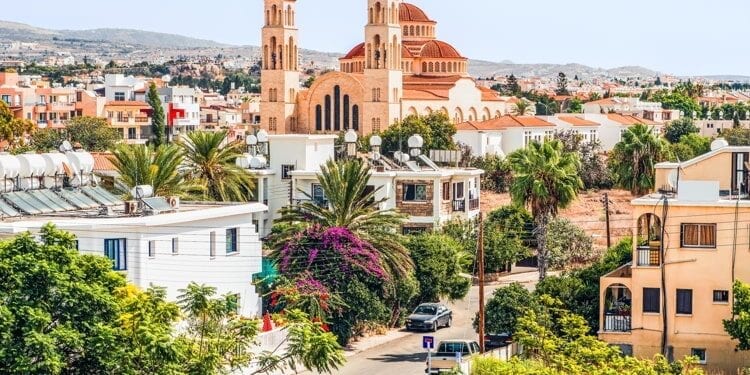Cyprus… white-sand beaches, warm water, year-round sunshine, and one of the healthiest diets in the world. Already a popular holiday spot for Europeans, Cyprus is quickly becoming a favored retirement destination for expats from around the globe. Before holidaying or relocating to Cyprus, have a read below for five things you need to know about this Mediterranean paradise.
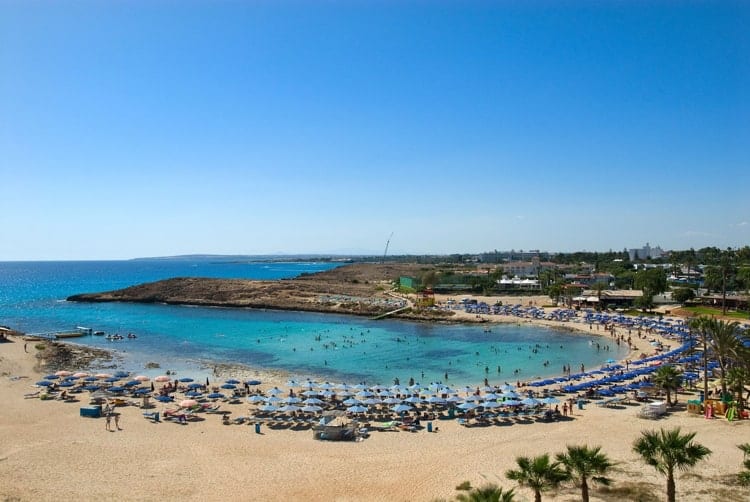
1. Cyprus Has ‘The Last Divided Capital In Europe’
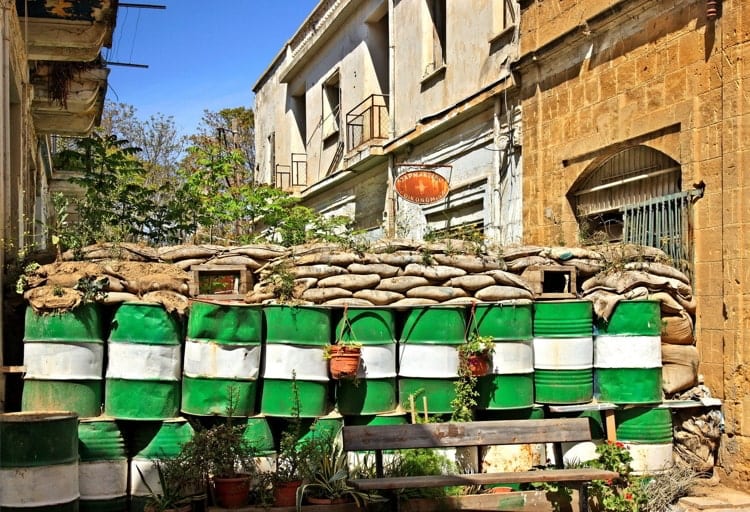
The capital of Cyprus; Nicosia, claims the title of “The Last Divided Capital In Europe”. Nicosia is split between two nations: Northern Cyprus and the Republic of Cyprus. Around the 1950s, Greek Cypriots began to actively pursue enosis,the union of Cyprus with Greece, which they saw as their natural right given the island’s historical roots. Turkish Cypriots, on the other hand, saw Cyprus as an extension of the Turkish homeland.
To this day, only Turkey recognizes Northern Cyprus as an independent state. The Turkish Republic of Northern Cyprus is a de facto state, though the Republic of Cyprus has de jure sovereignty of the entire island. Today, the Green Line, a demilitarized UN buffer zone, divides the island and the capital city of Nicosia in two.
2. Home To Greek Gods
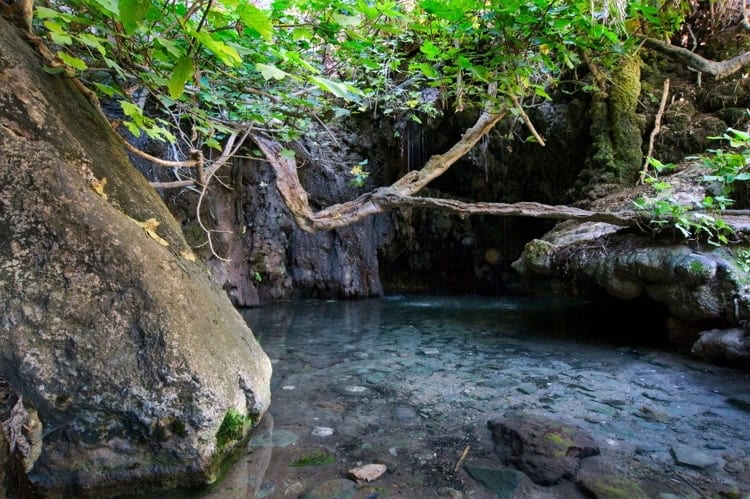
Greek mythology intertwines itself around the island of Cyprus, earning it the nickname ‘The Playground Of The Gods’. According to ancient Greek mythology, Aphrodite, the Olympian Goddess of Love, was born from the foam in the waters near Paphos. Aphrodite’s Rock, where Aphrodite is believed to have emerged from the water, can be visited today. Swim around the rock three times, and obtain fertility and true love.
Another site on the island surrounded by ancient lore is Aphrodite’s Bath on the Akamas Peninsula. Underneath an old fig tree is a small natural pool where Aphrodite would regularly bathe. According to legend, it is here that Aphrodite met her lover Adonis, as he stopped for a drink of water while hunting.
Join us January 8. for our annual global index reveal.
3. Cyprus Boasts Three UNESCO World Heritage Sites
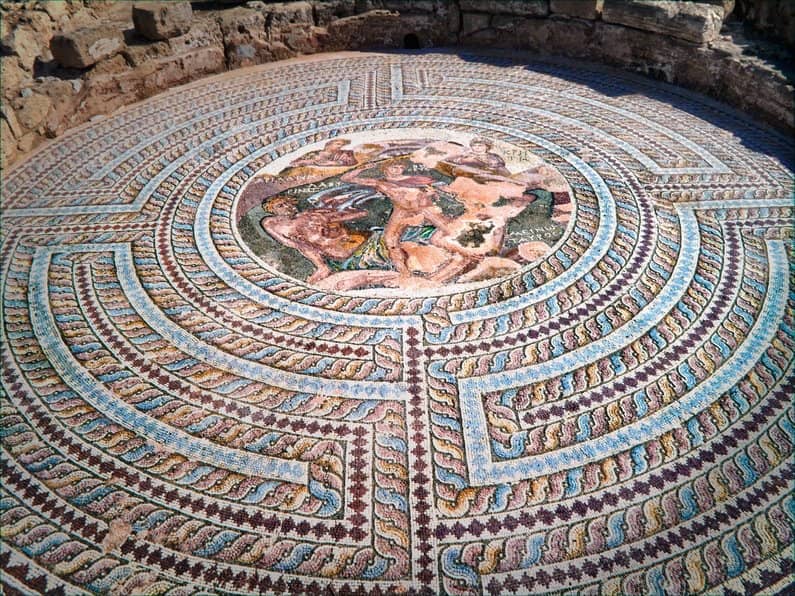
History is all around you in Cyprus. For a small island, it has an impressive amount of UNESCO World Heritage Sites. Paphos is Cyprus’s first UNESCO site; this archeological treasure-trove has been inhabited since the Neolithic Period. There are endless ruins to discover… the remains of villas, palaces, theatres, castles, churches and tombs. Perhaps the most exciting area is the Paphos Mosaics, one of the finest examples of ancient mosaics in the Eastern Mediterranean.
The painted churches in the Troodos region are Cyprus’s second UNESCO heritage site. This region has one of the largest collections of ruins from the Byzantine Empire. Cyprus’s third UNESCO heritage site is Choirokoitia. This ancient Neolithic settlement has been a critical discovery for archeologists, shedding light on the evolution of human society as far back as the 7th century BC.
4. Home To The Oldest Wine In The World
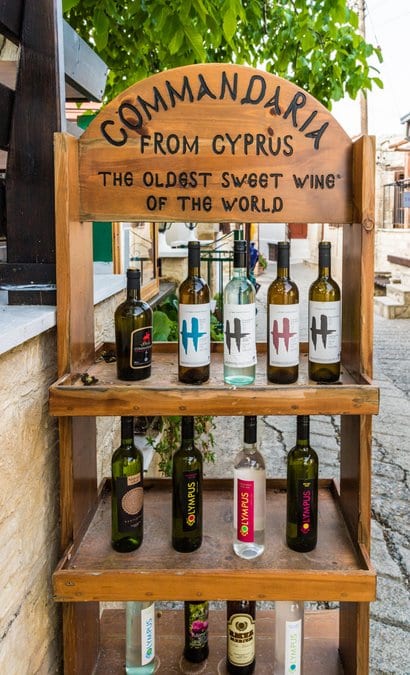
Commandaria, made in the foothills of the Troodos Mountains, is the oldest wine still in production in the world. This amber-colored, sweet dessert wine is made with Xynisteri and Mavro grapes, native to Cyprus. These grapes are sun-dried to increase sugar content before fermentation, giving the wine its distinctive sweet flavor.
Records of Commandaria wine date back to 800 BC, where the Greek poet Hesiod referenced a sweet, sun-dried wine. Commandaria’s name and origin are now protected by the EU and can only be produced by 14 different villages in the Troodos region.
5. Cyprus is the 3rd Biggest Island In The Mediterranean
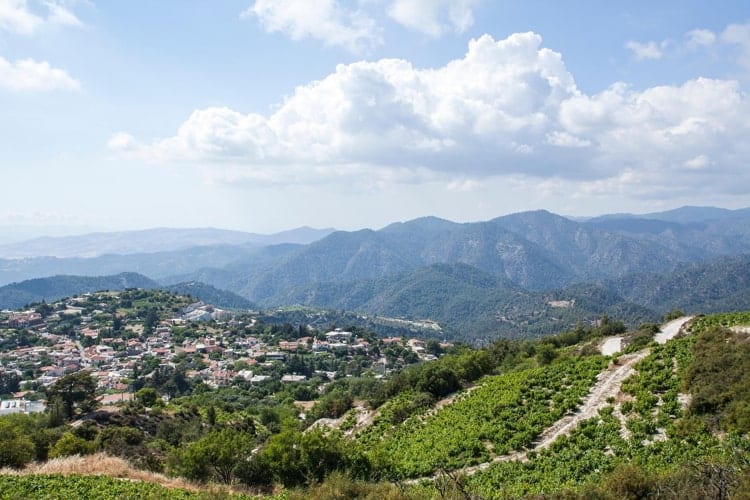
Cyprus, an island nation that floats in the Mediterranean Sea just south of Turkey, west of Syria and Lebanon, and north of Egypt, is the 3rd biggest island in the Mediterranean. Cyprus comes in after Sicily and Sardinia, with a landmass of 9,251 kilometers squared and a population of over 1 million. Surprisingly, Cyprus is still relatively unknown to anyone outside of Europe.
Cyprus has two mountain ranges: the Kyrenia mountains in the north, and the Troodos Mountains in the south, which accommodate Mount Olympus, the island’s highest point. Northern Cyprus is more famous than its southern counterpoint for its unspoiled beaches. But, despite being just one-third of Cyprus’s total land area, Northern Cyprus has more beaches that also tend to be better-quality. It’s shaped like a long finger that points out into the sea, providing an extended coastline.








